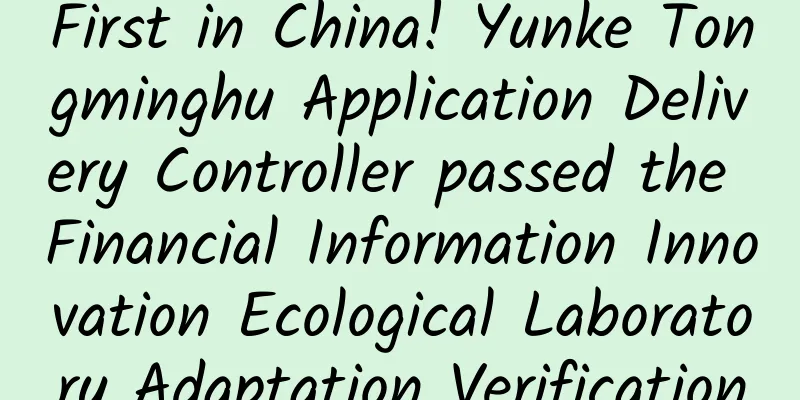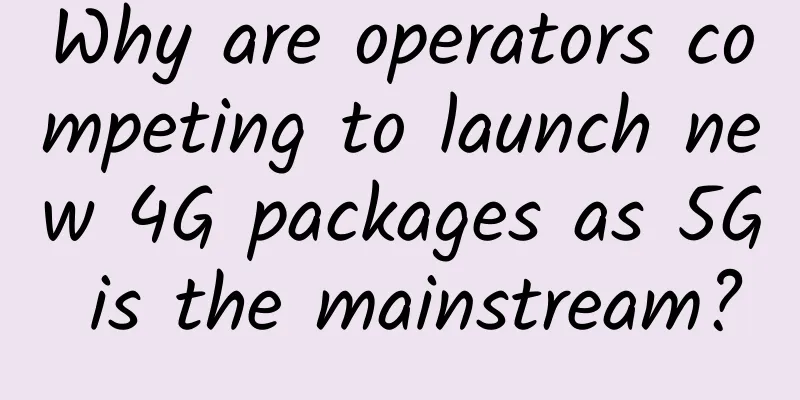Can the Internet provide personalized services? Learn more about IMEIsv's differentiated protection

|
In the current network, if the same RRM (Radio Resource Management) policy is applied to all UEs, the different requirements of different types of UEs cannot be met. In order to provide specific RRM policies for specified types of UEs, 3GPP introduced the concept of IMEIsv (International Mobile station Equipment Identity and Software Version Number), which is the international mobile equipment identity code and software version number. AMF (Access and Mobility management Function) passes IMEIsv to gNodeB through the NG (Next generation) interface. After gNodeB maps it to the wireless configuration, it can provide specific RRM policies for the specified type of UE based on IMEIsv, thereby providing better targeted services according to the UE's business characteristics and load status. Differentiated scheduling strategy based on IMEIsvThe core network sends the terminal ID to the gNodeB through the IMEIsv field, and identifies the designated brand terminal through IMEIsv. The gNodeB implements differentiated scheduling strategies for this type of terminal (the scheduling priority of this type of user can be appropriately increased). picture Differentiated power control strategy based on IMEIsvgNodeB uses IMEIsv to identify designated brand terminals and implements differentiated uplink power control strategies for designated terminals. In sudden interference scenarios, it promptly increases power to meet uplink performance improvements and maximizes the perception of designated brand terminals. picture Differentiated frequency priority switching strategy based on IMEIsvAfter identifying the designated brand of terminal through IMEIsv, gNodeB implements a specific frequency priority policy for the designated terminal, and can control the designated terminal to switch to the cell belonging to certain specific frequency points of NG-RAN (Next Generation Radio Access Network). picture Differentiated mobility strategy based on IMEIsvThe core network sends the terminal identification to the gNodeB through the IMEIsv field. The gNodeB takes effect on differentiated mobility thresholds for terminals of specified brands, and customizes intra-system and inter-system coverage migration thresholds based on terminal measurements and performance differences. picture After the deployment of the IMEIsv differentiated protection strategy, the big data platform indicator statistics show that the specified type of terminals have obvious improvements in RTT delay, HTTP download/upload rate, video/picture sending rate, and page/video download rate. picture picture picture picture picture picture With the continuous development of the network, users' differentiated demands are increasing. Applying the same RRM strategy to all UEs under the same gNodeB can no longer meet the demands of different users. The differentiated protection strategy based on IMEIsv can identify the specified type of terminal through IMEIsv, so that gNodeB can flexibly customize differentiated RRM strategies (such as connected/idle state residence, independent switching strategy, etc.) for different types of UEs, thereby improving the perceived experience of the specified type of UE. |
Recommend
In the 5G era, industry market users’ choice of public network or private network
This year, 5G has entered its first year of comme...
Cure the difficulty of choosing! What are the differences between 5G, Wi-Fi 6, and Wi-Fi 6E?
[[428494]] This article is reprinted from the WeC...
Are 5G signals still classified into different levels? Now it depends on how the operators deal with it
5G has been officially put into commercial use. R...
vRAN, C-RAN, O-RAN, OpenRAN, the love-hate relationship between Open RAN
[[398639]] This article is reprinted from the WeC...
People's Daily pays attention to the speed limit of network disk: Let the speed limit of network disk be increased
On January 21, the People's Daily published a...
How to implement online documents for multi-person collaboration
Due to business needs, I came into contact with o...
5G base stations were burned down, and some community base stations were forced to be demolished...
Nowadays, mobile communication technology has pen...
RAKsmart: Hong Kong/Japan/San Jose/Los Angeles popular cloud servers with a discount of 10% and annual payment starting from 79 yuan, and regular cloud servers with a discount of 30%
Last week, we shared information about RAKsmart&#...
The winner of Huawei Ecosystem Partner Elite Competition is finally revealed, and the cloud ecosystem embarks on a new journey
[51CTO.com original article] On October 28, after...
Deny 5G and believe in Starlink? IQ is a good thing
Not long ago, a foreign artist "made" a...
Aruba Global Research Report Reveals AI Technology Will Become a Powerful Tool to Meet Security Challenges in the IoT Era
On October 26, 2018, Aruba, a Hewlett Packard Ent...
HawkHost: $5/month-1GB/30G SSD/2TB/Singapore, Hong Kong, Los Angeles and other data centers
When we talk about HawkHost, the first thing that...
Improving the value of colocation data centers with DCIM
Today, as the popularity of colocation data cente...
80VPS: Special VPS hosting starting at 199 yuan per year, 50% off for regular VPS, optional CN2 lines in the United States/Hong Kong/Japan/Korea, etc.
80VPS is an early established Chinese hosting com...
Deepin Technologies was invited to attend the first Feiteng National Ecosystem Partner Conference
On December 19, 2019, Hangzhou DPtech Co., Ltd. (...









